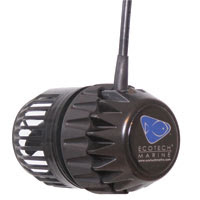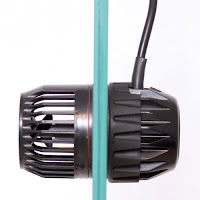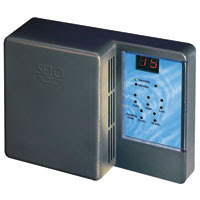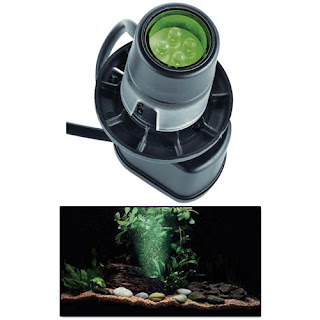
One of the most important elements of a healthy aquarium is also one of the most overlooked. Like all animals, fish and other aquarium inhabitants require oxygen to survive. Unlike air breathing animals, fish depend on dissolved oxygen in the water to “breath”. Making sure that your aquarium has proper dissolved oxygen levels is vital to the health and survival of your fish.
Many things can affect the dissolved oxygen in your aquarium. The most important things to remember are stocking levels and cleaning. Too many fish will require more oxygen than is available in the water. Fish waste, decaying food and rotting plants are all consumed by bacteria, which also require oxygen. Regular cleaning, water changes, filter maintenance and proper feeding will ensure that the bacterial demand on dissolved oxygen is under control.
There are also many things that you can do to improve dissolved oxygen in your aquarium. Most of the dissolved oxygen in your aquarium comes from the atmosphere; this is accomplished through interaction with the water surface. Increased water surface area gives your aquarium higher potential for atmospheric interaction. Turbulence and water movement along with good aquarium design will increase your aquariums water surface area, and dissolved oxygen. Use of an air pump and air stones or a power head with a venturi aeration feature will also greatly increase your dissolved oxygen. The tiny bubbles created have huge amounts of surface area and greatly increase the potential for oxygen to dissolve into the water. Temperature also plays a significant role in dissolved oxygen levels. Concentration of dissolved gas decreases with increase in temperature, so avoiding high temperatures (above 85 Fahrenheit) in very important. Taking all these factors into account when setting up an aquarium will go a long way to ensuring your long term success.
The use of ozone, especially in saltwater aquariums, can also greatly increase dissolved oxygen. Ozone is a strong oxidizer, which when properly used, will break down organic material in the water through oxidation. This greatly reduces the biological demand for oxygen, and at the same time releasing oxygen as a byproduct of the oxidation process. Ozone use is not for the beginner level aquarist and must be used safely and properly. Use of an ORP controller is highly recommended. Ozone is typically used in conjunction with a protein skimmer, or a special reaction chamber.
Until next blog,
Dave
 The pump is controlled wirelessly with the EcoTech Marine Wireless Wave Driver. The driver allows you to control the output of the VorTech from 500 gph to 3000 gph, with several settings for different flow patterns. It also has a feed mode that shuts the pump off when you want to turn it off for feeding your aquarium.
The pump is controlled wirelessly with the EcoTech Marine Wireless Wave Driver. The driver allows you to control the output of the VorTech from 500 gph to 3000 gph, with several settings for different flow patterns. It also has a feed mode that shuts the pump off when you want to turn it off for feeding your aquarium. That Fish Blog – Aquarium Advice and Information
That Fish Blog – Aquarium Advice and Information





